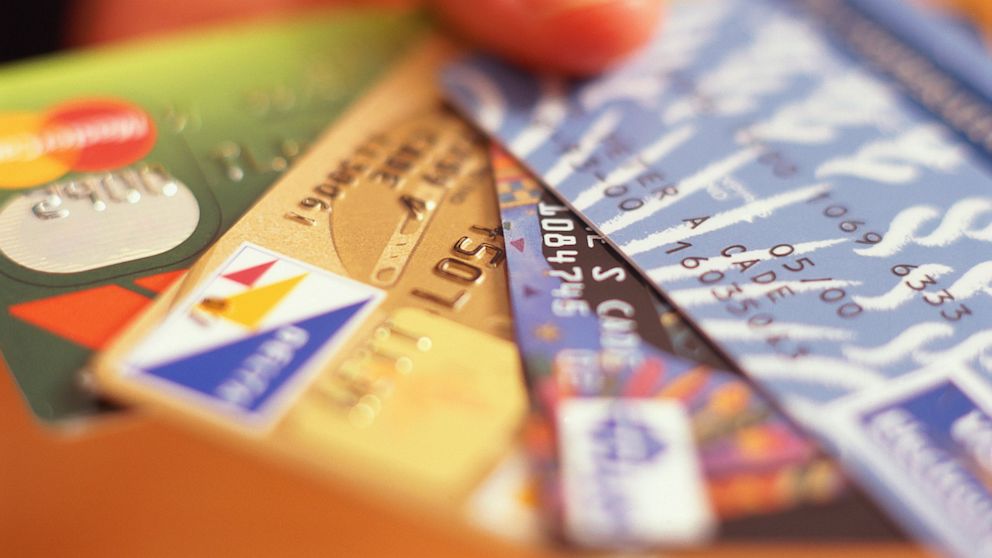Before You Buy a Gift Card, Did You Know About 'Tip Tolerance'?
ABC News Fixer: Why your $50 gift card may not seem like such a gift at first.

Nov. 29, 2013 — -- Dear ABC News Fixer: A couple weeks ago I bought my son and daughter-in-law a Visa gift card for their anniversary. It was a $50 card and I paid a $4.95 purchase fee. On the card holder jacket there was a notice that read: "No fees after purchase."
My son and daughter-in-law used the card at a restaurant. When they paid their bill, they were told that the card was only worth $42. The server told them that Visa gift cards take about 20 percent off the top but had no other explanation.
My son no longer has the card – they left it at the restaurant, figuring it was completely used.
My question is: Where did that 20 percent go? The holidays are coming, and gift-giving is on people's minds.
- Carol Humble, Glen Ellyn, Ill.
Dear Carol: Yikes. Between the purchase fee and the 20 percent, you spent $54.95 for this $42 gift.
A purchase fee of $4.95 would have been enough for the ABC News Fixer to scrap the gift card and buy something else.
As for the missing $8, we were mystified, until we heard about "tip tolerance." This apparently happens when consumers use credit card-branded gift cards at businesses where gratuities are expected, such as a restaurant or a salon.
The business, understandably, wants to make sure the card has enough to allow for a tip. Many of these merchants use processing systems that will pre-authorize an extra 20 percent above the amount of the bill. That's the tip tolerance. If there's enough cash to pay the bill plus 20 percent, the transaction proceeds. Once the final amount is figured out – maybe the consumer only wanted to tip 15 percent, or maybe he or she decided to tip in cash – that exact amount of money is deducted from the card. If the preauthorized 20 percent tip wasn't used, the money would eventually go back on the card when the transaction clears.
Your son and daughter-in-law's dinner tab was about $160. We called Visa, and a spokesman said the restaurant should have been able to circumvent its normal processing system and just apply the full $50 gift card to the bill.
We are guessing the server first handled the gift card and entered in $42 plus 20 percent – not taking into account that they'd be using a second form of payment to pay the rest of the bill and the tip.
The extra $8 eventually would have gone back on the card after the transaction cleared. So it's too bad they were told the card was used up, which is why they left it at the restaurant.
We've heard of other cases in which embarrassed diners had their credit card gift cards rejected because they were too close to the limit. In most cases, consumers can avoid this tip-tolerance rejection by telling the server ahead of time that they plan to tip in cash. For bigger transactions, it's worth noting that some merchants won't let you split a transaction between a gift card and a credit card. In that case, you'll have to charge the whole thing and use the gift card for something else.
Consumers should be wary at gas stations, too, since some pumps automatically pre-authorize $50 to $75, even if you're only planning to buy $25 in gas. Consumers with credit card-branded gift cards should go inside and have the cashier only authorize the exact amount they wish to pump.
Bottom line: Though they look like credit cards, these gift cards behave differently. To avoid an awkward situation, know your gift card balance and talk to an employee or manager before presenting it for payment.
- The ABC News Fixer
Listen to this ABC News Fixer story on the ABC News Radio magazine "Perspective,"airing this weekend on your local ABC affiliate.
Got a consumer problem? The ABC News Fixer may be able to help. Click here to submit your problem online. Letters are edited for length and clarity.




